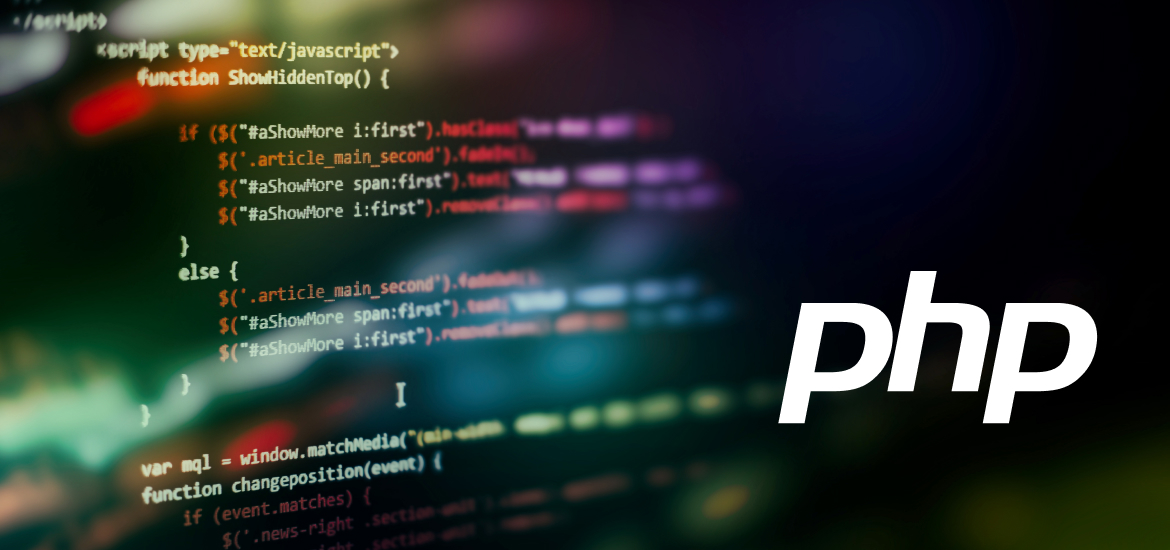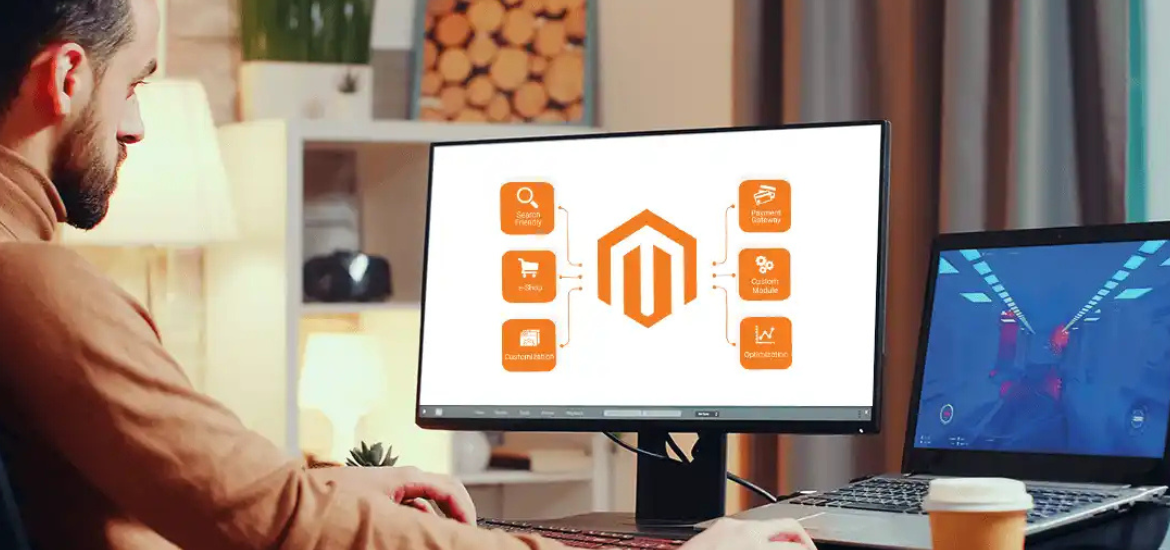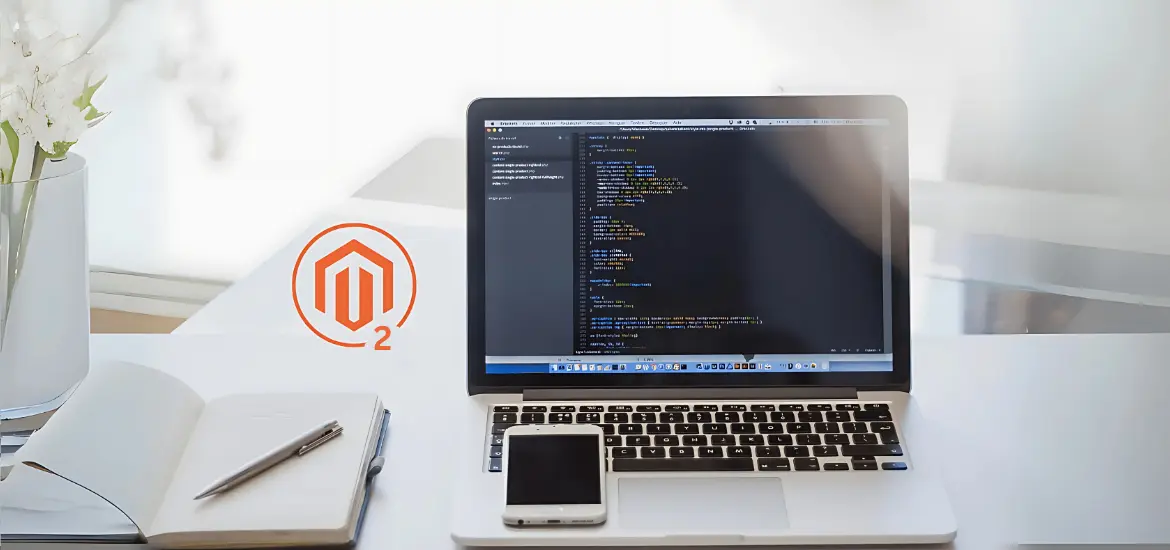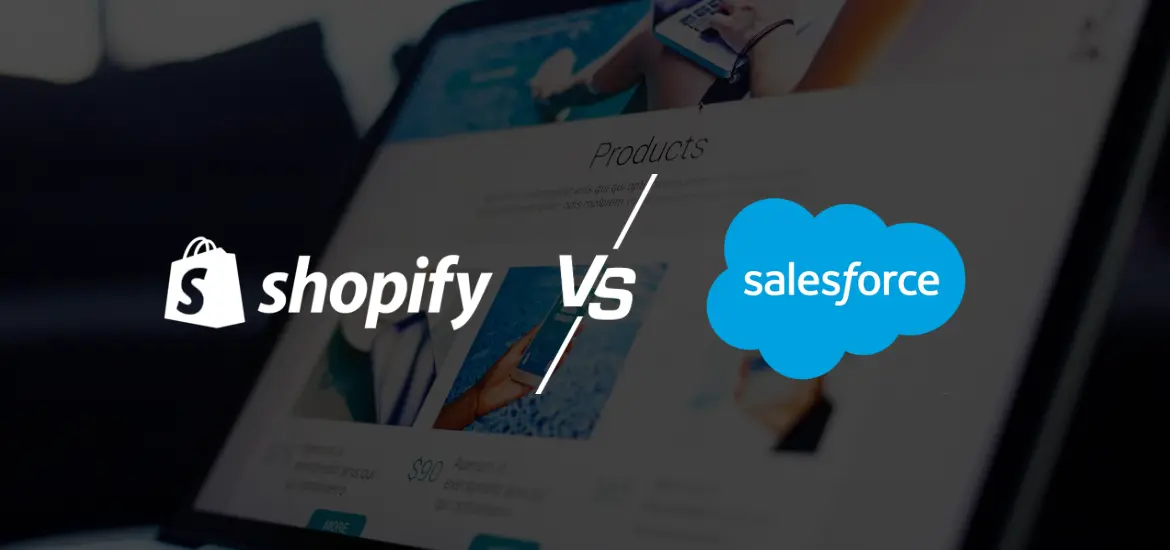The front end of your website is the true picture of your brand cementing your initial image in the minds of your visitors. The visitors with the potential to convert and increase your revenue. Well, honestly, to achieve this ideal scenario you need to have a front end built on the latest technology with the capability to meet the transforming needs of your visitors. For that you need to stay in touch with frontend development trends.
Staying in touch with them will help you comprehend the market and find opportunities and threats; so that you can prepare your frontend accordingly. In this blog we will start with the latest frontend technologies and then proceed towards the frontend trends for this year and beyond.
Latest Frontend Technologies
There are a bunch of reasons why frontend development is necessary like user-retention and brand awareness etc. But to fulfill all these needs you the support of robust technologies. Some of them are given below:
- React JS
- Angular
- Vue JS
- Next JS
- Gatsby JS
- React Native
- Flutter
Your website can only meet the changing user demands if it follows all the latest frontend development trends.
6 Top Frontend Development Trends
Follow these trends and make your website smooth, sleek, and impeccable for your users.
Trend #1: The Single Page Apps
The number one in the frontend development trends is Single Page Apps (SPAs) which are expected to outshine the Multi Page Apps (MPAs). The continuous evolution of SPAs plus the transformation of search engines has provided companies with the opportunity to outshine their competitors. Below are a few reasons why SPAs are popular:
- Best User Experience: By loading content dynamically, the SPAs offer a seamless user experience.
- Performance Optimization: SPAs are built to reduce the server load & bandwidth consumption enhancing the overall performance.
- Mobile Friendly: SPAs adapt well to various screen sizes and resolutions ensuring usability across devices.
- High Interactivity & Scalability: They have rich interactive interfaces and are well suited for the apps that require scalability such as social media platforms etc.
Some of the popular frameworks that help in the seamless development of SPAs are below 👇
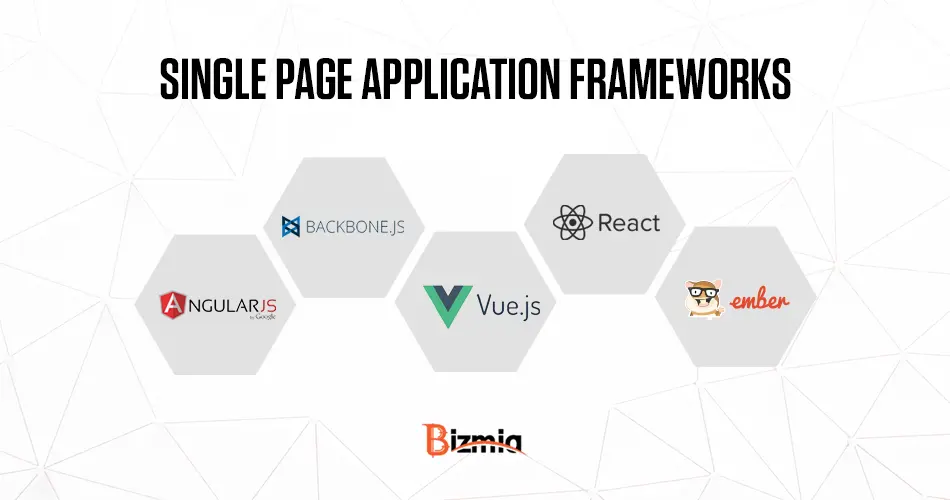
The other advantages include SEO friendliness and seamless and interactive user experience.
Trend #2: Low Code/No Code
The second in the list of frontend development trends is low code/no code which focuses on creating visually appealing websites by using drag-and-drop tools. Or with the help of pre-built templates reducing the need for manual coding.
The low code frontend development helps in increasing collaboration between businesses, developers, stakeholders, and designers. Some other advantages of low code/no code platform for frontend development are given below:
- Efficient Development: The frontend of the apps can be built faster by using pre-built templates and drag-and-drop components.
- Less Development Cost: These platforms reduce the need for custom coding making them useful for organizations with limited budgets.
- High Scalability: No code/Low code platforms have integrated third-party services and APIs helping developers to increase functionality without starting from scratch.
- Faster time to Market: The low-code platforms allow efficient deployment offering faster time to market-significant advantage over competitors.
Read about the five ways Bizmia can drive your growth and success here.
Some of the famous low code/no code platforms are given below 👇

Thirdly, we have AI of course which has transformed the coding and development field.
Trend #3: AI In Frontend Development
Another from the frontend development trends is the use of AI.
Indeed, AI in frontend development trends has brought exciting new possibilities. Such as the creation of smarter and rich interactive web or mobile apps.
Some of the other advantages of AI are given below:
- Personalization: Based on user behavior the AI systems can recommend products and alter content to fulfill the needs of users.
- Automation: AI can automate mundane repetitive tasks by developing code snippets & offering intelligent suggestions.
- Optimization: AI technology helps the developers optimize the process of web design & user experience-generating better results.
- Testing & Debugging: AI-driven testing helps in the efficient detection of bugs- minimizing debugging efforts & time.
The AI tools that can help in the development of flawless development are below 👇

The next we have in line is an interesting one the Motion User Interface 🚀🚀
Trend #4: Motion User Interface (UI)
To increase user engagement the use of animation, motion, and transition has become common. It plays an important role in creating visually appealing experiences and improving user experience. Some other advantages of motion UI or motion user interface that make it count among the frontend development trends are given below:
- Interactivity: Animations & transitions increase user interactivity as well as guide user attention and effectively convey information.
- Instant Feedback: Motion UI offers visual feedback regarding user interaction with the website such as form submission and button presses etc.
- Seamless User Interface: Motion UI helps in implementing smooth and intuitive user flow, minimizing cognitive load, and enhancing the visibility of the website.
- Unique Digital Experience: With the help of motion elements organizations can create unique digital experiences for their users.
The top tools UI animation tools that can help you here are given below 👇

The fourth one we have is Micro front end architecture which is quite popular among the developers now a days.
Trend #5: Micro Frontend Architecture
The Micro Front end is an architectural pattern that focuses on empowering the developers to develop at their own pace. Because of scalability, flexibility, and independent development, it has made its place in the frontend development trends. Some of the benefits of the Micro Front End architecture are given below:
- Reusability: It promotes reusability of components & modules improving the efficiency & maintaining consistency in user interface design.
- Autonomy: Each micro frontend is developed & tested independently which means each team is independent and has full autonomy.
- Diversity: Each micro frontend can be built on different technology which can be integrated independently into the overall app.
- Less Risk: Every micro frontend is independent of the other which means lowering the risk of one component affecting the whole application.
You can view the infographic below to fully comprehend the true concept of Micro Frontend 👇

Trend #6: Voice User Interfaces
Last but not least, in the frontend development trends is the Voice User Interfaces. This gives users the facility to interact with apps via their voice. Therefore, enhancing the accessibility of technology for a wide range of users, especially those with disabilities.
- Increased Customer Engagement: The VUIs are fully capable of enhancing customer service by giving interactive voice responses and automated responses.
- IoT Integration: The integration of VUIs with Internet of Things (IoT) devices allows the users to control the connected devices via voice command.
- Personalization: The VUIs promote personalization based on user preferences, behaviors, and interaction
Below are a few tools and platforms that you can consider to integrate voice commands into your app 👇
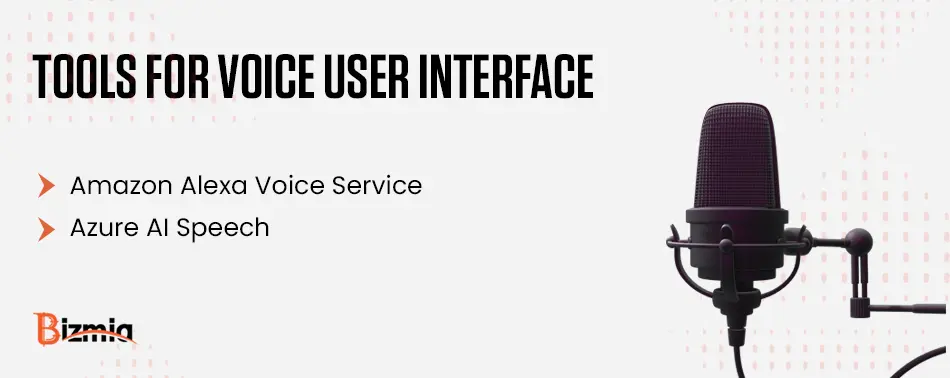
Are these Frontend Development Trends Going Stay?
Yes, these trends are going to stay, especially AI which has revolutionized the field of web and mobile app development. Some of the other frontend development trends you should also keep in mind are:
- Headless CMS
- PWAs
- Accelerated Mobile Pages (AMP)
- Dark Mode
- Cross Platform
Conclusion
Indeed, front-end development trends are always evolving, and these fast-paced changes can be challenging. Contact us today and tell us all about your needs and we will revitalize or build your project from scratch. We are known in the industry for our exceptional frontend development skills helping brands worldwide.



